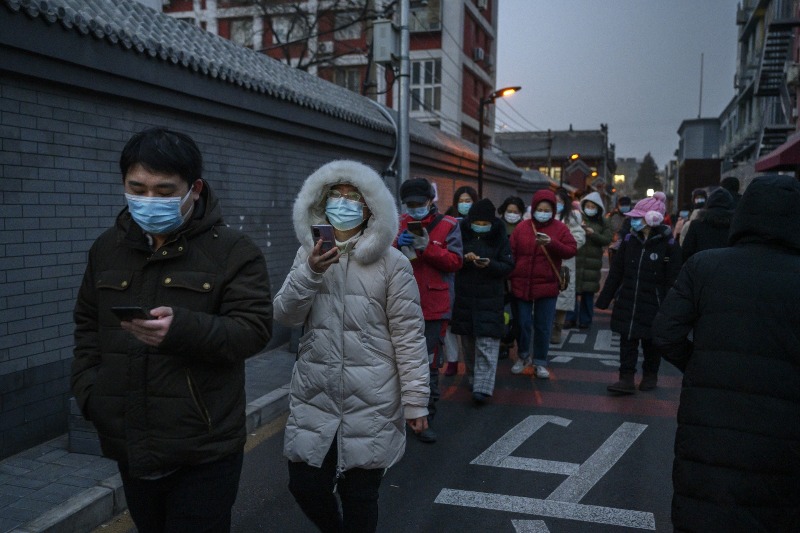
China’s economy grows at its slowest rate since Covid in 2020
After months of brutal Covid lockdowns, China’s economy suffered its worst quarterly performance in more than two years.
In the three months ending June 30, Japan’s GDP grew by 0.4 percent, compared to the same period last year, according to the National Bureau of Statistics (NBS). This was significantly lower than the 4.8% increase recorded in the previous quarter and fell short of the 1% growth estimated by economists polled by Reuters. In the second quarter, GDP fell by 2.6 percent on a quarterly basis.
Due to a coronavirus outbreak that started in Wuhan in the first quarter of 2020, China’s economy came dangerously close to coming to a complete halt, which resulted in the poorest quarterly growth for the country since that time. The GDP experienced a drop of 6.8 percent during that quarter.
The growth of the economy in the first six months of this year was just 2.5 percent, which makes it appear that the administration cannot achieve its goal of 5.5 percent annual growth.
Despite Beijing’s zero-tolerance approach to the Coronavirus and a real estate crisis that has caused rising bad debts and growing social protests, China’s policymakers face increasing difficulties in keeping growth steady in the face of these issues.
Before January of this year, Beijing’s unyielding stance on the eradication of Coronavirus had caused lockdowns in dozens of Chinese cities, including Shanghai, which serves as the nation’s financial and shipping hub.
Related Posts
Due to the fact that millions of people were unable to leave their homes, businesses and factories were forced to close, which had a substantial effect on the number of money customers spent and the efficiency of supply chains.
At the beginning of last month, authorities began reopening the economy by removing restrictions in a number of significant cities. There have also been signs of improvement in the manufacturing and service industries in the last few weeks. As a result of Beijing’s zero-Covid policy, business operations have been plagued by unease, and investor confidence has dwindled. There is still a lack of consumer spending, and the job market is under considerable stress.




